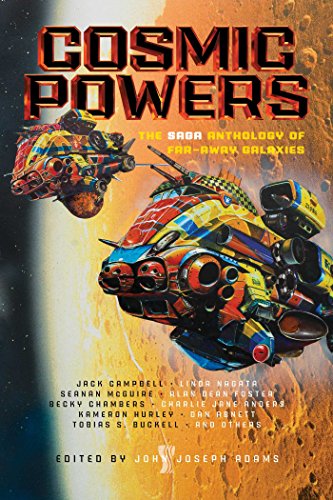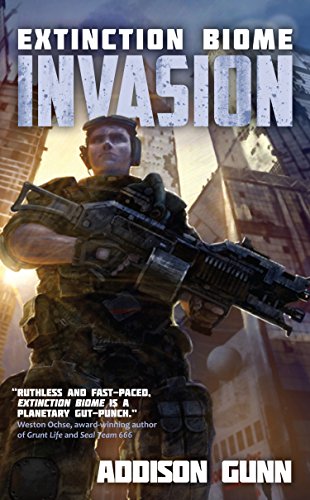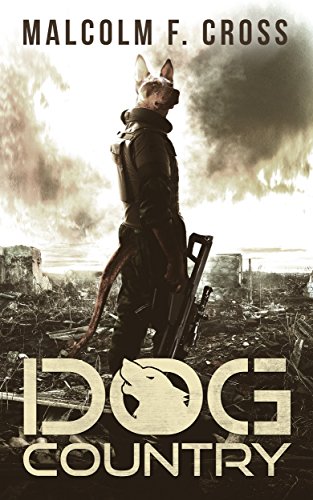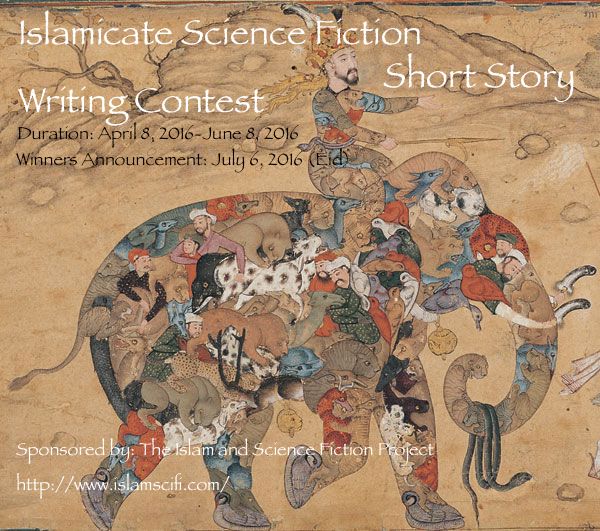(1) SWIMMING AGAINST THE TIDE. Malcolm F. Cross takes a deeply skeptical look at “AI, the Algorithm, and the Attention Economy” at Sin Is Beautiful.
…People using AI, even this theoretical ‘good’ kind, are shooting themselves in the foot and don’t know it.
Why? Most generative AI users are trying to participate in the attention economy – attempting to get eyes on their work, to get appreciative comments, sales, to build an audience for content that they produce.
When a generative AI user posts their image on social media, when they use it for their profile, for their website, for all the things art gets used for, they are competing for attention. And they are competing with everything else generated by AI. The same AI everyone else gets to use.
Generative AI for creating images has been big news since DALL-E’s first iteration was released in early 2021. By October 2022 it was generating two million images a day. DALL-E is only one player in the generative AI space for art. It is estimated that in August 2023, 34 million images were being generated every day across the major generative AI art tools. 15 billion pieces of art, and that was about six months ago.
Assuming you only looked at the most excellent top 0.001% of those 15 billion images, that is still a hundred and fifty thousand images to look at….
… The best the AI artist can hope for in this ideal situation is to be a brief flicker in a constant feed of content we can barely remember.
If the ideas you were trying to express mattered, you wouldn’t have needed AI to win at the attention economy – you could have expressed them with stick figures and still won.
If your ideas actually are that good, then why obscure them by using generative AI?…
(2) AI AND THE FTC. Meanwhile, the Federal Trade Commission today announced it has launched an “Inquiry into Generative AI Investments and Partnerships”. However, apparently is the beginning of a study, not an action in response to a law violation.
…The FTC issued its orders under Section 6(b) of the FTC Act, which authorizes the Commission to conduct studies that allow enforcers to gain a deeper understanding of market trends and business practices. Findings stemming from such orders can help inform future Commission actions.
Companies are deploying a range of strategies in developing and using AI, including pursuing partnerships and direct investments with AI developers to get access to key technologies and inputs needed for AI development. The orders issued today were sent to companies involved in three separate multi-billion-dollar investments: Microsoft and OpenAI, Amazon and Anthropic, and Google and Anthropic. The FTC’s inquiry will help the agency deepen enforcers understanding of the investments and partnerships formed between generative AI developers and cloud service providers….
(3) TOC OF ELLISON COLLECTION. J. Michael Straczynski had announced the table of contents for Harlan Ellison’s Greatest Hits.
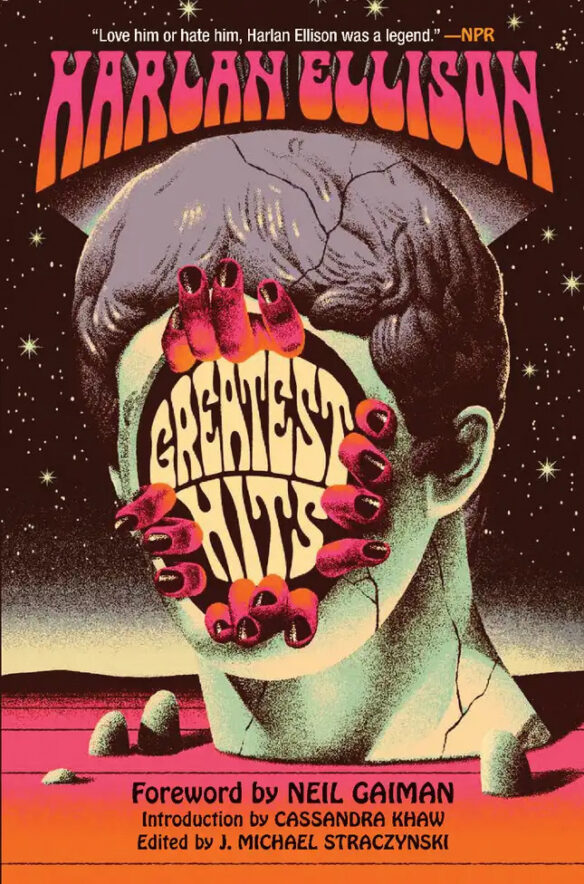
- “Repent, Harlequin,” Said the TickTockman
- I Have No Mouth and I Must Scream
- The Deathbird
- Chatting with Anubis
- The Whimper of Whipped Dogs
- Jeffty is Five
- Pretty Maggie Moneyeyes
- Shatterday
- Mefisto in Onyx
- On the Downhill Side
- Paladin of the Lost Hour
- The Beast that Shouted Love at the Heart of the World
- I’m Looking for Kadak
- How Interesting: A Tiny Man
- Djinn, No Chaser
- How’s the Night Life on Cissalda?
- From A to Z, in the Chocolate Alphabet
- Eidolons All the Lies That Are My Life
- With a Preface by me.
- Foreword by Neil Gaiman
- Intro by Cassandra Khaw
Straczynski also drew attention to a Barnes & Noble Exclusive Edition of the book.
(4) ANOTHER SFF FILM SHELVED. “Netflix Axes Halle Berry’s Sci-Fi Film ‘The Mothership’” reports Variety.
Netflix has scrapped the release of “The Mothership,” a science-fiction film starring Halle Berry.
The movie finished filming in 2021, but it couldn’t be completed after multiple delays in post-production, Variety has confirmed.
“The Mothership” is the latest Hollywood movie to disappear even though filming had wrapped. Since 2022, Warner Bros. has axed three movies — John Cena’s “Coyote vs. Acme,” the $90 million budgeted DC adventure “Batgirl” and the animated “Scoob! Holiday Haunt” — for the purpose of tax write-offs….
(5) LOVECRAFT’S MAIL. Bobby Derie explores “Her Letters To Lovecraft: Edith May Dowe Miniter” at Deep Cuts in a Lovecraftian Vein.
The details of Mrs. Miniter’s long career—a career inseparable from amateur journalism after her sixteenth year—will doubtless be covered by writers well qualified to treat of them. Reared in Worcester, taught by her poet-mother and at a private school, and given to solid reading and literary attempts from early childhood onward, the erstwhile Edith May Dowe entered amateurdom in 1883 and was almost immediately famous in our small world as a fictional realist. Controversies raged over her stories—so different from the saccharine froth of the period—but very few failed to recognize her importance. After 1890 she was engaged in newspaper and magazine work in the larger outside world, though her interest in amateur matters increased rather than diminished.
H. P. Lovecraft, “Mrs. Miniter—Estimates and Recollections” (written 1934) in Collected Essays 1.380
(6) REASONS TO READ. “25th Century Five and Dime #2: You Should Be Reading Judith Merril!” says columnist David Agranoff at Amazing Stories.
…One of the reasons I started this column is to share these discoveries. Early in the process of doing the show, I discovered the book The Future is Female edited by one of our most popular guests Lisa Yaszek. A few stories into the anthology I knew I had to have her on the show. That book has a similar mission to this column. While women like Octavia Butler and Ursula K. Leguin are famous now but The Future is Female as a book more importantly will introduce you to more obscure authors like Katherine Maclean and well known in her day Judith Merril. Her name was always a respected one in SF.
In that collection which collected the best of the pulp era SF ranging from the 20s to the end of the 60s was a story from the 40s by Merril that really stood out for me. “That Only a Mother.” The story of fall-out sickened children of atomic wars was a brutal and powerful stand-out. When Lisa gave us background on the story and author it was clear that JM was an important figure in the community and I needed to know more.
Since then, reading several histories from Fredrik Pohl, Damon Knight, Boucher, and Malzberg further made the point Judith Merril is an important voice in SF. Her role as a founding member of two major NYC clubs The Futurians and the Hydra club predates her publishing that began in 1948….
(7) RUBY SUNDAY MAYBE NOT GONE? RadioTimes’ Louise Griffin claims “Millie Gibson’s future on Doctor Who is still very bright”. Gibson plays Doctor Who companion Ruby Sunday.
Emotions have, understandably, been high as reports about Millie Gibson ‘being replaced’ in Doctor Who have rolled in.
First, let’s get the facts right. It’s been reported that Varada Sethu has been cast as the companion in season 15. Great news! Millie Gibson has not been “dropped” or “axed” – actually, the opposite as she’ll still be in season 15, just in a smaller role. But I think this is actually incredibly exciting….
(8) IN THE BEGINNING. He wasn’t in it, he’s just telling the story: “Sylvester McCoy reminisces about first ever Doctor Who broadcast” in RadioTimes.
Sylvester McCoy has spoken of his fond memories of Doctor Who and reflected on the sci-fi’s first ever episode….
…He said: “It’s been 60 years now. I know where I was when it first came out, partly because I know where I was when John F Kennedy was shot, which happened the day before Doctor Who was broadcast.
“The BBC had to repeat the first episode of Doctor Who the following week because no one had watched it. They were all glued to the news about the Kennedy assassination and Doctor Who got pushed out. But when Doctor Who started, we had no concept it would go on forever and ever and ever.”…
(9) TODAY’S BIRTHDAY.
[Written by Cat Eldridge.]
Born January 25, 1926 — Bob Clarke. (Died 2013.) Stepping not quite outside of genre, or maybe not at all, we have Bob Clarke.
Clarke started at the age of seventeen according to the stories he tells as an uncredited assistant on the Ripley’s Believe It or Not! comic strip. Ripley himself traveled the world collecting his fantastic trivia tidbits and sent them back to Clarke who drew them, captioned them and circulated them. There’s no way to prove or disprove this story.
(It’s most likely true because years later, he illustrated MAD‘s occasional “Believe It or Nuts!” parody in that style.)
Quite a few sources, briefly and without attribution, say he designed the label of the Cutty Sark bottle.

After two years with Ripley’s Believe It or Not!, Clarke joined the army, where he worked for the European edition of Stars and Stripes and met his wife. Clarke remained with Stars and Stripes after being discharged as a civilian contributor, before eventually returning to America and joining the Geyer, Newell, and Ganger (GNG) advertising firm. He was among the artists there who designed the box for the children’s game Candyland.

Now to MAD Magazine. Clarke was one of the artists who took up the slack he after original MAD editor Harvey Kurtzman left MAD in an absolute rage, taking two of its three main artists Will Elder and Jack Davis, with him. He claimed working at GNG with its design needs was his best training for this endeavor —“I learned about typefaces and layouts, how to prepare comps in the styles of many artists and cartoonists.”
In his first year alone there, he illustrated twenty-four separate articles; he would eventually draw more than six hundred. Yes, six hundred. Here’s one of those illustrations from MAD magazine # 156.

And that doesn’t count myriad covers such as the one below. He was a principal artist of the magazine as it rose fast in circulation, being one of four general-purpose artists who took MAD through the late Fifties and early Sixties, arguably the best years of the magazine.

(10) OH NO! File 770 contributor Steve Vertlieb had a close call but fortunately sustained just a small injury. He explained what happened on Facebook.
This has been a week from Hell. At approximately two o’clock in the afternoon on Monday, January 22nd, the proverbial “Kracken” was released onto the highway. I was driving to the post office, going North on Bustleton Avenue in Northeast Philadelphia, on “a wing and a prayer,” when an elderly woman of Russian descent, driving her car going South, took a dangerous left hand turn into opposing traffic in order to gain entrance to her apartment complex.
I was on the inside lane, and so my vision was obstructed by cars to my left. Suddenly, out of nowhere, her vehicle appeared directly in front of me, less than a car length ahead. I screamed in panic, and jammed my foot on the brakes, but it was too late. I crashed into the side of her vehicle with a sickening crunch that I’ll not soon forget.
My vehicle’s airbags deployed upon impact, hitting me in the chest, and grazing my right hand which was clutched on the steering wheel. Smoke filled my car, and fluid drained onto the street all around me.
It could have been worse, I suppose. I could have been seriously injured or killed. A bloody gash adorns the torn skin of my injured hand. My car was totaled. It was paid off, and running in fine condition. I’d taken it in for a four thousand mile checkup only several days earlier.
Now I’m facing an expensive search for a replacement vehicle, while literally stranded in my apartment for the better part of a week. I’m picking up a rental on Friday.
I’m grateful to be alive, yet wondering why my recent mini-stroke, or T.I.A., was followed in rapid succession with a nearly deadly car crash. I seem to be on a roll of late in health threatening catastrophies.

(11) ECHO OVERCOMES. [Item by Mike Kennedy.] Prepare for the cries that “wokeness is out of control.“ This despite the fact that the Marvel character’s description (female, indigenous, deaf) is pretty darn well matched by the actor’s description (female, indigenous, deaf, amputee). Echo, starring Alaqua Cox, is on Disney+ and Hulu. “Alaqua Cox Was Bullied for Being Deaf and an Amputee, Now the Marvel Star Is ‘Proud’ to Prove She ‘Can Do Anything’” in People.
Preparing to play a formidable Marvel character is a notoriously demanding process that pushes actors to the pinnacle of physical fitness.
For Alaqua Cox, who’s making history as the first Native American star to lead a Marvel series in the new Disney+ show Echo, it meant training five days a week with a stunt team to learn a slew of butt-kicking moves.
“I grew up playing different kinds of sports — I would play one-on-one basketball with my older brother — so I love doing those kinds of physical things,” the actress, who, like her character Maya Lopez, is an amputee and has been deaf all her life, tells PEOPLE in this week’s issue.
Cox, 26, originated the ruthless role with her breakthrough performance opposite Jeremy Renner in the series Hawkeye. Echo, who debuted in Marvel comics in 1999, is a gifted fighter with superhuman strength and a thirst for vengeance.
(12) CALLING WOLF. Sam Sykes on X. I laughed.
(13) VIDEO OF THE DAY. 2023 Hugo Award finalist O. Westin has started a MicroSFF YouTube channel where a selection of their stories are read and presented in a simple format. For example:
[Thanks to John King Tarpinian, Chris Barkley, Daniel Dern, Cat Eldridge, SF Concatenation’s Jonathan Cowie, Steven French, Mike Kennedy, and Andrew Porter for some of these stories. Title credit belongs to File 770 contributing editor of the day Lis Riba.]







